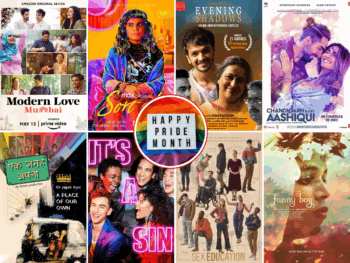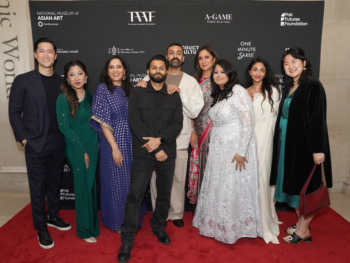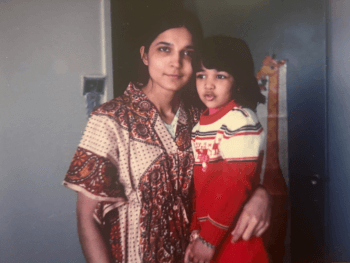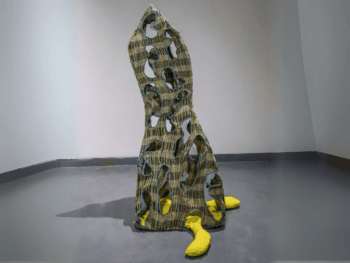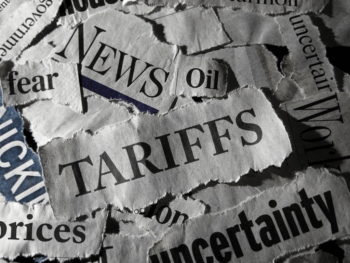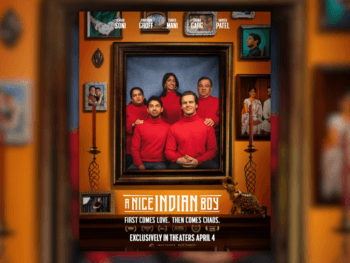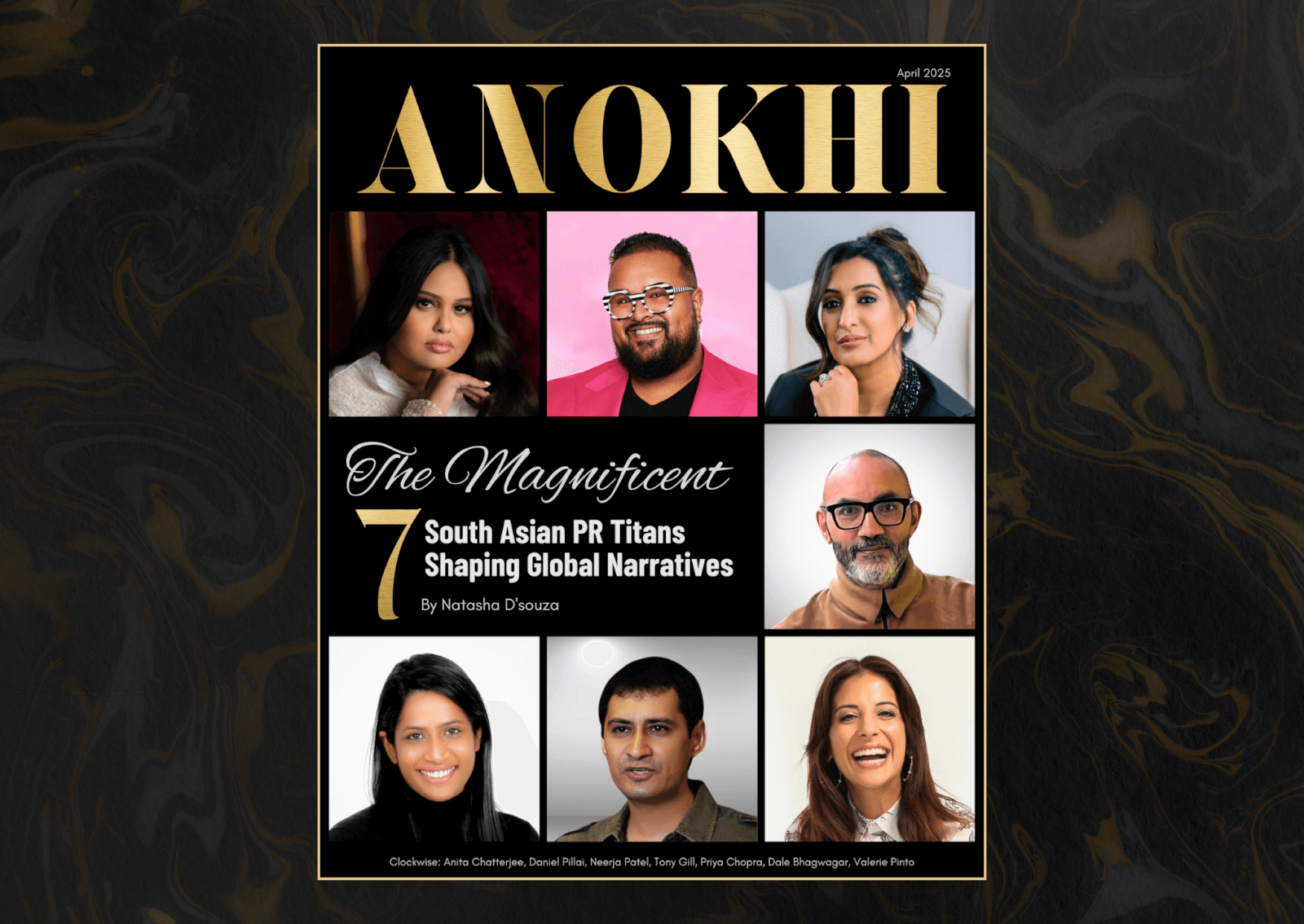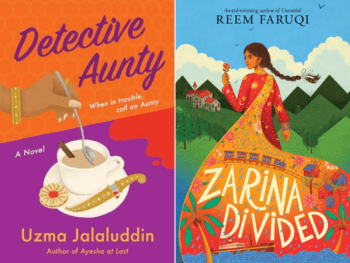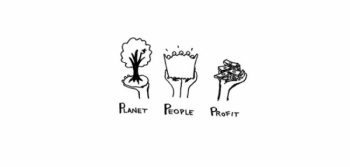
The idea of locally created couture is not a fad, it’s a way of life. And, it’s gaining momentum.
The Backstory
Once upon a time, there was no such thing as fast fashion. Then, globalization happened. The world got smaller, mass production overseas became possible and store shelves filled up with cheap clothes. As shopping turned affordable, being stylish gave way to being trendy and seeking out the cheapest prices became de rigueur. Of course, someone paid the price for all the great deals — usually it was the invisible cheap labourer in the supply chain, the one who actually made the garments in countries with almost zero human rights laws. But then, he was hardly top of mind when one could afford to show off new outfits almost daily. After all, it was so much fun to be able to get a summer dress for just $20!
All seemed well with the world. For a while.
Slowly news surfaced about the massive environmental impact of the industry’s unregulated supply chain. Then, came tragic insight into the appalling sweatshop-like conditions in which those who actually made the clothes survived and most major fast fashion brands were embroiled in some controversial scandal around their manufacturing practices.
Then, just before 9:00 a.m. on April 24, 2013, Rana Plaza, a garment factory in Bangladesh collapsed killing 1,129 workers. Rana Plaza manufactured clothes for prominent brands including Walmart, Joe Fresh and Primark. Stories following the collapse brought forth horrific facts about the factory’s unsafe working conditions. The disaster threw into people’s face the real cost behind cheap clothes.
Two years post Rana Plaza not enough has changed, according to a human rights report released in April this year. The race for cheap clothes has kept up the demand for fast fashion. But, it’s safe to say this: there’s hardly any shopper out there who’s completely ignorant about what they’re really saving on when they find a rock-bottom deal.
That, and also slowly, but surely, the movement highlighting the need for slow fashion is gaining momentum.
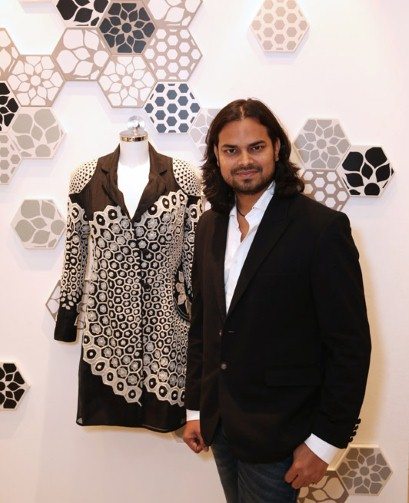
Mumbai-based designer Rahul Mishra champions the slow fashion movement.
Photo credit: Telegraph.co.uk
What is Slow Fashion?
Unlike most trends that come and go, slow fashion is a concept. Originally coined by researcher, author and consultant Kate Fletcher, the slow fashion movement combines ecological friendliness, ethical attitudes and green living. But that’s not all. The movement involves taking time through each step of fashion — from ensuring one-of-a-kind designing to quality production that’s environmentally and logistically sustainable.
Mumbai-based designer Rahul Mishra, who won the prestigious International Woolmark Prize at the Milan Fashion Week last year, has championed slow fashion through his meticulously-made garments, all created by hand. The designer uses minimal machine work and reinforces the importance of slowing down the process of making garments to allow for more employment while also driving quality over quantity.
“Instead of looking at fashion as a medium of primal consumption, we seek to design a system for maximum participation,” he says in an interview published on Telegraph.co.uk.
According to Elizabeth Cline, author of Overdressed: The Shockingly High Cost of Cheap Fashion, the idea is for consumers to be aware of, and appreciate, the whole process that goes into making the garments they’re wearing, through use and reuse.
In her book, Cline talks about how clothing made fast and cheaply has turned into a disposable commodity which encourages consumers to keep buying. The result — we’re placing severe stress on our natural resources with the over consumption.

An ensemble from Rahul Mishra's Autumn Winter 2015 collection at Paris Fashion Week.
Photo Credit: www.jugnistyle.com
Far-reaching Change
As such, there’s more than just awareness needed to get buy in and appreciation for slow fashion from across the society.
Sweden-based Blekinge Institute of Technology students Maureen Dickinson, Carlotta Cataldi and Crystal Grover researched strategic approaches towards sustainability in the fashion industry. Their research offers recommendations such as establishing a global network of the slow fashion movement and harmonizing global garment and textile labelling initiatives to reflect the slow fashion vision.
On their website, slowfashionforward.org, they spell out values to unite sustainable fashion movement globally such as, slowing down consumption, seeing the bigger picture, respecting people and maintaining quality.
Why is Slow Fashion so Slow to Catch Up?
While most of us try to know more about what we put inside our body, what we wear on the outside . . . well, that’s a different story. Giving up on cheap, affordable clothes is after all a tough sell.
Across many industries — be it technology, electronics or fashion — companies, in an effort to keep up their growing profits, employ planned obsolescence to keep up the demand for their products, meaning: by artificially reducing their product’s lifespans. This can be done stylistically, meaning new styles are made available often making existing styles seem old. Or, demand can be kept high by reducing the quality of products making them last less — picture the ever changing trends in fashion or the sub-standard quality of your $10 t-shirt.
The concept of such planned obsolescence to drive business and profits is not new. In fact, back in 1690, Nicholas Barbon wrote in his book, A Discourse of Trade, “Fashion or the alteration of dress is a great promoter of trade because it occasions the expense of cloth before the old ones are worn out. It is the spirit and life of trade.” (Source: Library of Economics and Liberty)
Fast fashion thrives on these concepts of desire and need that consumers feel to own something new, sooner rather than later.
However, paying consumers are the only ones who can slow down fashion’s cycle. Irrespective of how green clothing industries get, or how often sustainability is touted in fashion branding, it’s the consumer who must stop embarking on shopping binges and retail therapy sessions to put a break on fashion’s speeding train.
Main Image Photo Credit: notjustalabel.com


































































